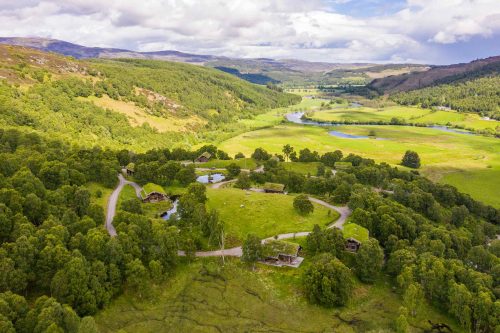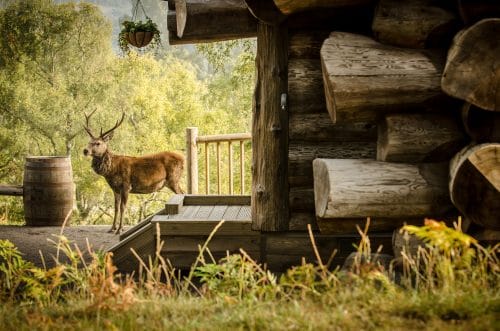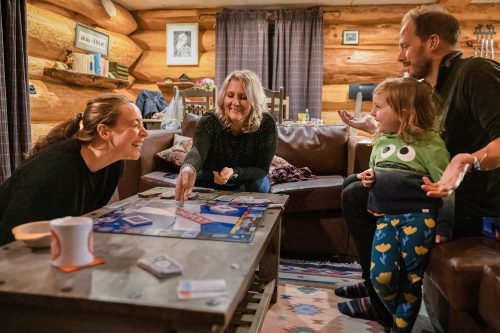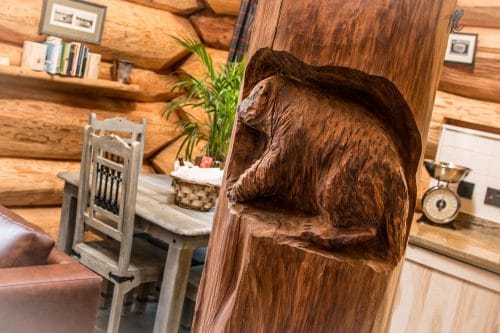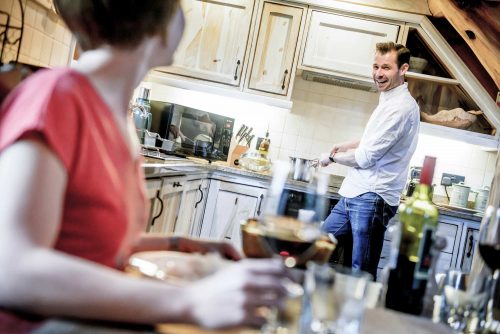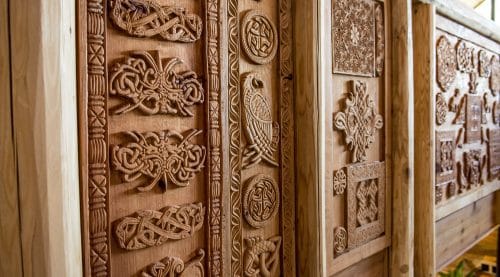Halloween stories from the Scottish Highlands
Some say that the Highlands is the most haunted place in Scotland. The earliest settlers arrived here around 12,000 BC, so the area is steeped in history. There are many dark stories from across the ages, which are shared around this time of year, as the nights draw in. So here are a few myths and legends, local to Eagle Brae and the Highlands, to tell around the fire this Halloween…
The Loch Ness Monster
Let’s begin with the most famous of Highland monsters … The Loch Ness Monster or “Nessie”. The earliest sighting of this mythical beast, said to inhabit the deep waters of Loch Ness, comes from the sixth century.
St Columba, an Irish abbot and missionary, visited Scotland in the year 565. While standing on the shores of Loch Ness, he came across a group of Picts. They were burying their friend, who had been brutally attacked and killed by a ferocious water beast. Columba laid his staff across the man’s body and miraculously brought him back to life. Then, he instructed a fellow monk to get into the loch, in order to lure the beast closer. But as the monster approached, Columba raised his staff and shouted “Go no further! Do not touch the man! Leave at once!” The monster fled back into the depths of the loch, never to harm another soul.

The Handless Woman of Cawdor
This next story comes from Cawdor Castle in nearby Nairnshire, where there have been ghostly sightings of a woman in a blue dress…
In the early 19th century, the Thane of Cawdor learned that his daughter was in love with a boy whom he deemed unsuitable. He forbade her to see him again, but she went behind his back and continued the romance. One day, the Thane discovered them together at Cawdor Castle. In fear, his daughter attempted to get away by escaping through a window. But it was so high up, she couldn’t jump down. And as she hung by her hands from the open window, her father caught up with her. He chopped off her hands with his sword, and the young woman plummeted to her death. They say her spirit still haunts the castle, as she roams the halls, searching for her lover.
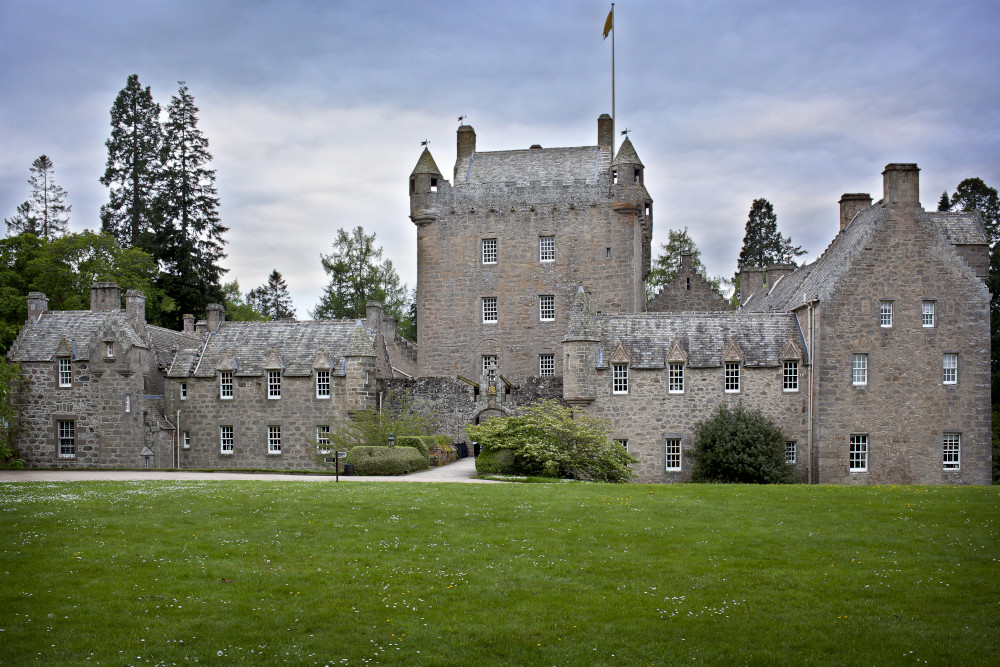
The Grey Paw
This story takes place at Beauly Priory, the well-preserved ruins of which are just a short drive from Eagle Brae. The priory was founded in around 1230 for monks of the Valliscaulian order, who led strict lives of poverty and obedience.
In the 18th century, Beauly Priory lay empty and abandoned. The villagers heard strange sounds coming from the priory, and those that entered did not return. A local tailor dismissed these tales as superstition and bet that he could spend the night in the crypt, sew a pair of hose and come back alive. So, the next night, the tailor went to the priory crypt, lit a candle and began to sew. But then, at midnight exactly, a large and terrifying head emerged from the tomb. The tailor noticed that every time he drew breath, more of the grey figure began to materialise. A neck appeared, then a long arm. He continued to sew and tried to hold his breath. As he finally completed the hose, he took another breath and the full skeletal figure appeared. As the tailor ran for the door, its arm reached out a bony claw and grabbed at him, leaving scratch marks on the door. The tailor narrowly escaped. He had won his bet, but never returned to the priory again.
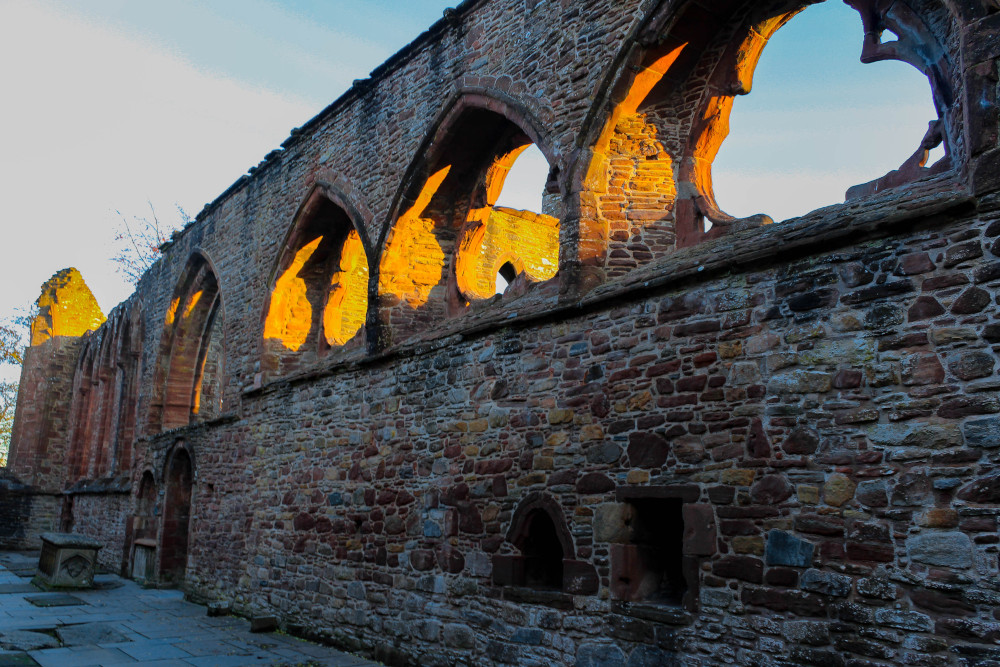
So, if you’re staying with us at Eagle Brae this October, you’ll have a few Halloween stories from the Scottish Highlands to tell around the fire. Find out more about our log cabin village and things to do this autumn during your visit.









